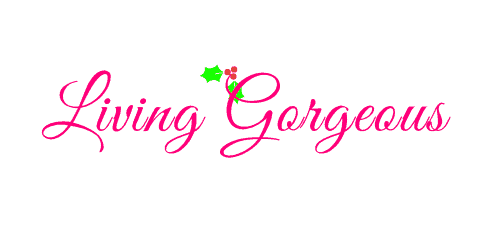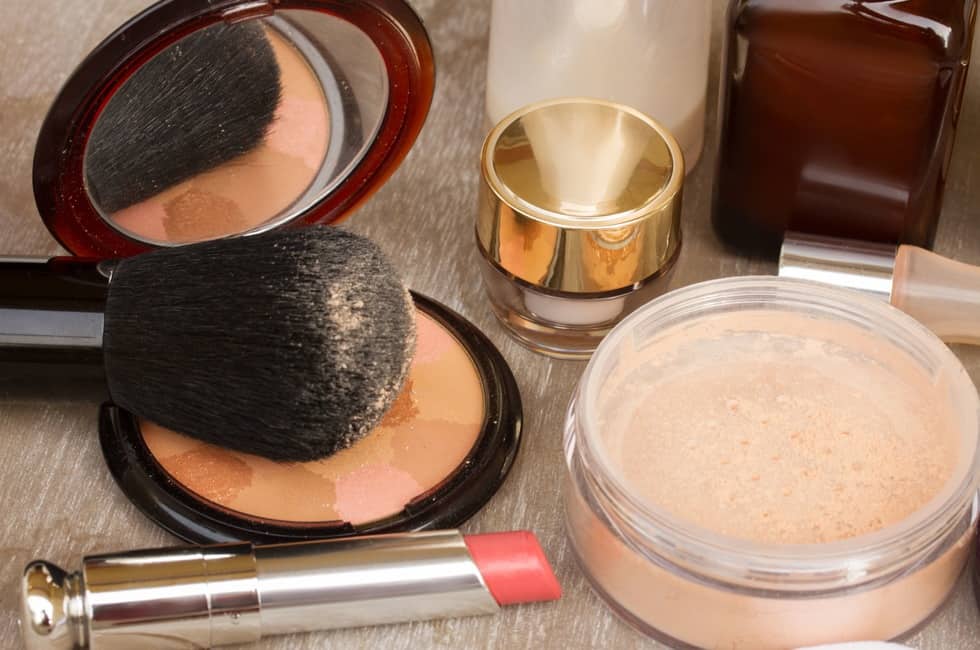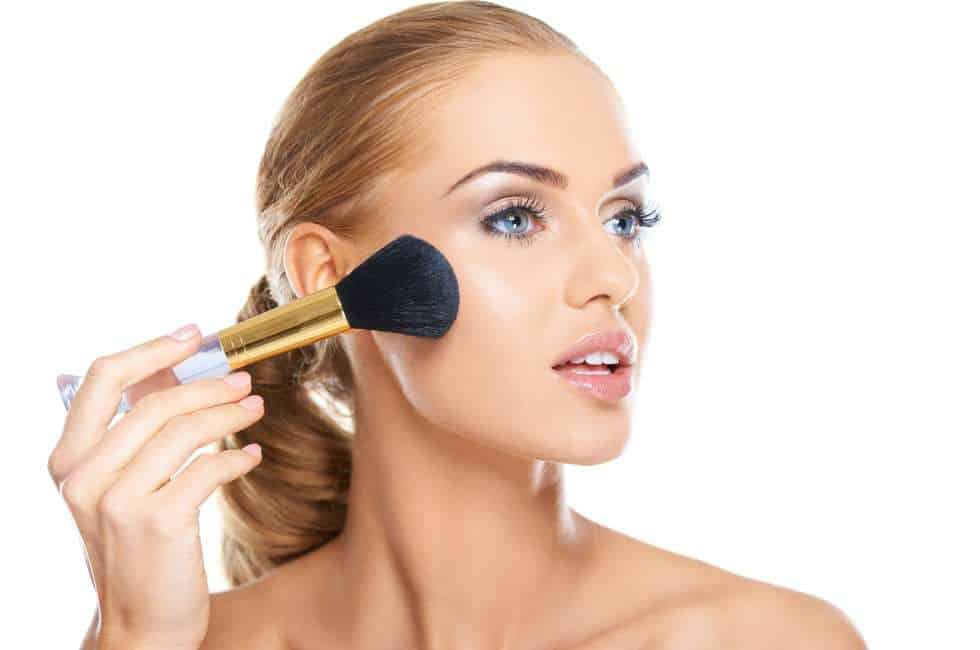Women Love Makeup
While most women enjoy shopping, they have different opinions on whether they prefer looking for clothes, shoes, jewelry, or accessories. Some women don’t even like shopping for certain items. With regard to shopping for cosmetics, however, most women agree.
They love them! Even if a woman is at the store or mall or even shopping online for a completely different item, the makeup department or aisle or cosmetic specialty store readily lures her. Most women like putting on and experimenting with makeup, too.
It’s easy to understand why women enjoy cosmetics shopping. Wearing makeup makes women look better. There’s no arguing about that. It makes sense.
When a woman properly applies makeup, her face looks prettier, brighter, and younger. And, when a woman looks better, she feels more confident.
Almost all women are basically familiar with the majority of makeup products and know what is their purpose and essentially how to use them.
For example, they know what mascara does and how to use it, they also know what lipstick does and how to use it, and the same goes for eyeshadow.
Yet, when it comes to facial powder, many women remain confused on its purpose, how to properly use it, and wonder if there’s a difference between loose and pressed powder. Furthermore, if you search for advice online, there’s a lot of contrary and unclear advice. No wonder many are bewildered.
Let’s examine all the advice and discuss the different facial powders and finally make sense out of it all.
Loose Powder vs Pressed Powder
There are essentially two types of facial powders: setting powder and finishing powder.
Setting Powder
You apply setting powder after you’ve put on foundation (you can wear some setting powders alone, instead of foundation. More on this later). Setting powder helps:
- keep your makeup from rubbing off.
- reduce excess shine
- absorb oil
- prevent foundation from feeling sticky
- keep your foundation from creasing or looking ashy
Setting powder additionally provides a base upon which to put on contour, blush, shimmer, or bronze. While you can put those on top of foundation, they last much longer when applied atop setting powder.
Setting powder also fixes cream eyeshadow and lipstick. And, in a pinch, it works as a dry shampoo.
Finishing Powder
As its name implies, finishing powder completes your makeup. It should be the last cosmetic you apply. You actually apply it on top of setting powder. It’s softer and finer than setting powder. It helps skin look smoother and diminishes the appearance of wrinkles and pores.
More: Powder foundation for dry skin
Setting powder and finishing powder come in two forms: loose and pressed.
Setting powder is either translucent (transparent) or tinted (colored to match your skin tone.
- translucent powder: this kind of powder helps conceal rough skin, scars, and large, visible pores.
- tinted powder: these powders also help conceal large, visible pores and scars, but also helps cover dark spots, discolorations, redness, and patchy skin tone. These powders also help lessen oiliness throughout the day.
What Color is Best for You?
As mentioned earlier, there is a lot of advice out there. Some makeup experts suggest matching your setting powder to your foundation and that using the same brands will make sure the two match.
Other experts say that translucent setting powders provide a more natural look and look great on all skin tones. They warn, though, that it leaves a shine.
Some professionals indicate that tinted setting powders are best for darker skin tones as they balance out red areas. Other professionals say to use a lightly lighter setting powder as such can sometimes turn darker during storage.
For Those Who Want to Skip Foundation and Concealer
If you want to skip foundation and concealer, various experts suggest using a translucent or tinted powder that matches your skin tone.
Loose vs. Pressed Setting Powder
Both loose and pressed setting powder perform the same function, but is either better?
Loose Setting Powder
This has less oil, is thinner than pressed powder, and controls shine better than pressed powder. For best results, apply with a large, soft brush or powder puff.
Loose setting powder functions well on most skin types, including mature skin. It conceals wrinkles, pores and fine lines. You can’t, however, carry loose setting powder around with you. It’s too messy. It needs to stay at home.
Pressed Setting Powder
This is denser than loose powder, which means it’s better at concealing blemishes and balancing out skin tone. Pressed setting powder comes in a compact. Manufacturers use silicones and waxes to turn the product in a semi-solid.
The additives may irritate some individuals. Because the particles are larger and stickier, they may cake on those with oily skin. But, because they do come in a compact, you can put it in your purse and touch up your makeup any time you like.
Makeup experts, thus, suggest purchasing both loose and pressed setting powder.
Finishing Powder
Remember, you apply finishing powder on top of your setting powder to blur and further smooth your skin. These powders are white and turn translucent on your skin. It’s especially useful for photographs as it offers extra blurring effects. Celebrities particularly like to use finishing powders when they appear on camera.
More: Foundation for Large Pores and Wrinkles
Using both setting and finishing powders create a smoother, younger, and more radiant complexion. Experts, though, suggest saving finishing powder for special events, rather than using it every day.
Be careful when using finishing powder. If you don’t blend it carefully and fully, you’ll wind up with white, chalky marks.
What Color Should You Use?
Experts advise using a finishing powder that matches your skin tone. It will offer extra coverage and camouflage scars and blemishes. Translucent powders will nonetheless match most skin tones when well blended and control shine. But, again, make sure you blend well so it doesn’t look chalky.
Loose Finishing Powder
Apply with a large, fluffy, dense brush or a Kabuki Brush. Dip your brush into the powder and tap off the excess. Start at the center of your face and apply in small circles and move slowly outward. Small circles will lessen the possibility of chalkiness.
Pressed Finishing Powder
Apply the same way, using a compact Kabuki Brush.
Final Notes
It was noted earlier that research provided confusing and contradictory information. While some powders are made for dry skin, some experts recommend that those with dry skin, fine lines, or wrinkles totally avoid powders. These experts suggest using primers and liquid powders instead.
As well, some of the advice on powders intermingled information about setting powders with finishing powders. There is more information about setting powders than finishing powders and some experts claimed manufacturers used finishing powder and setting powder interchangeably.
But, when you shop, the manufacturers labeled them separately. Be mindful when you shop and ask questions. Make sure you get the exact product you want.
Differing expert opinions were also noted. That happens sometimes.
But, we women all like shopping for makeup and we all like trying it on. A lot of specialty and department stores often let you try on samples and some even give you makeovers.
So, instead of getting frustrated, why not have some fun? Try a few samples, see what colors you like, and enjoy yourself. In the end, you’ll wind up with products that make you look beautiful and feel great. And, you had a great time finding them!


